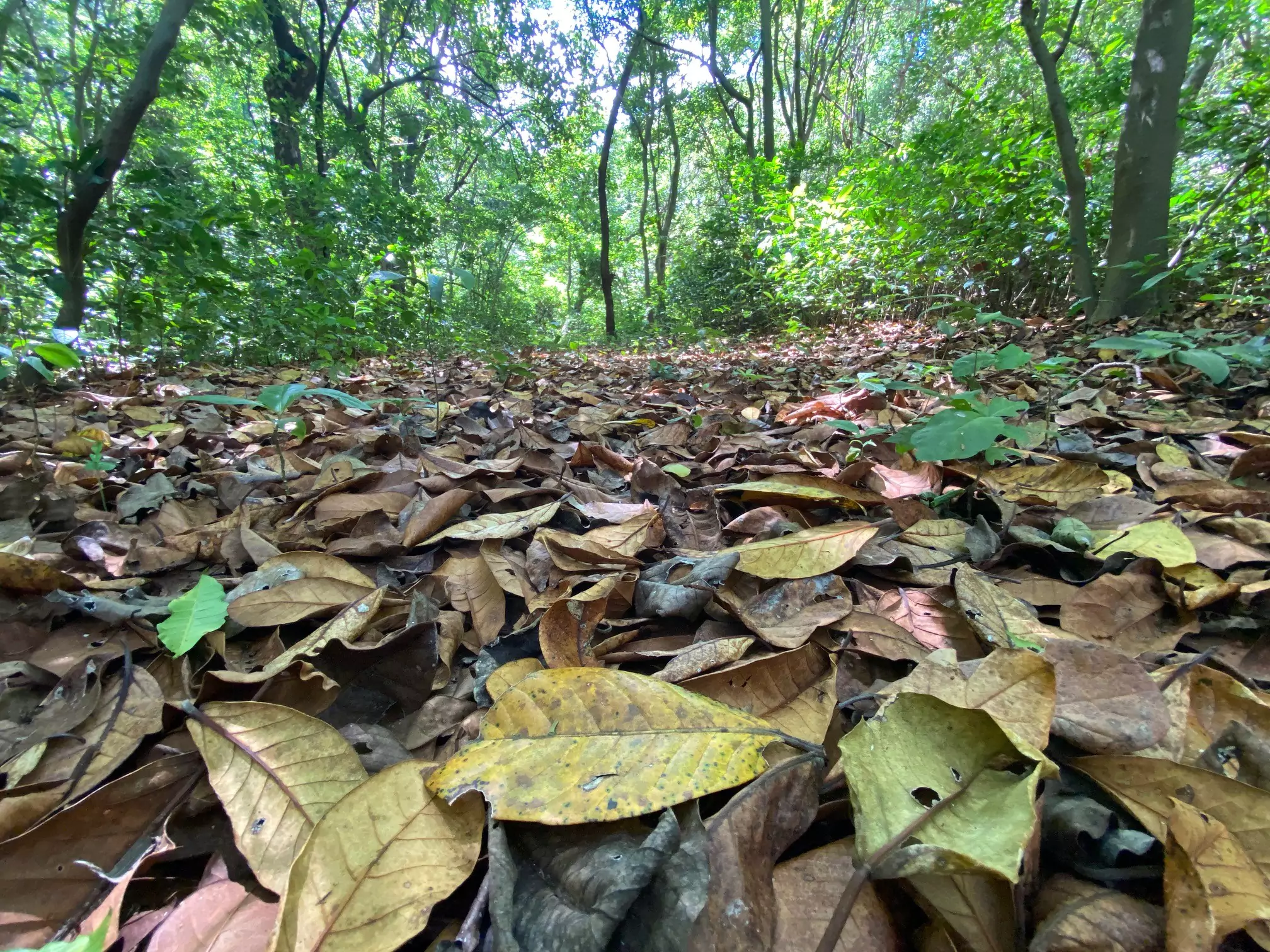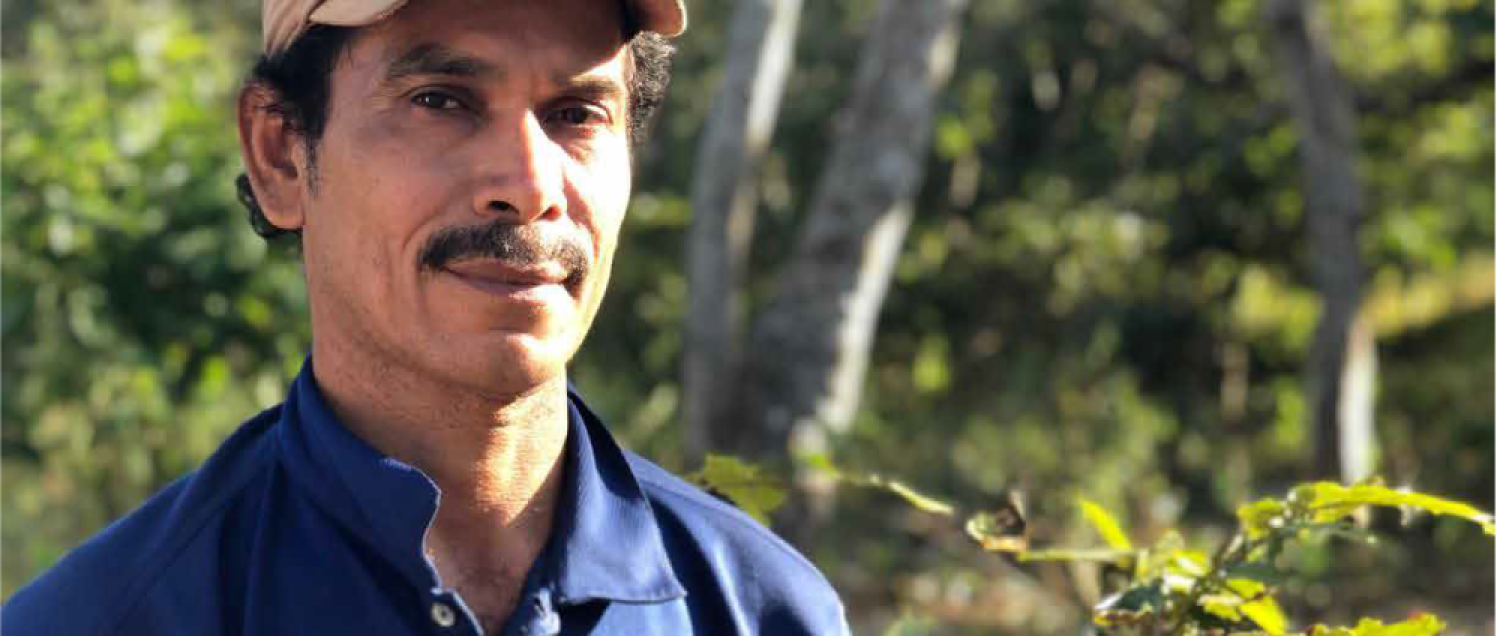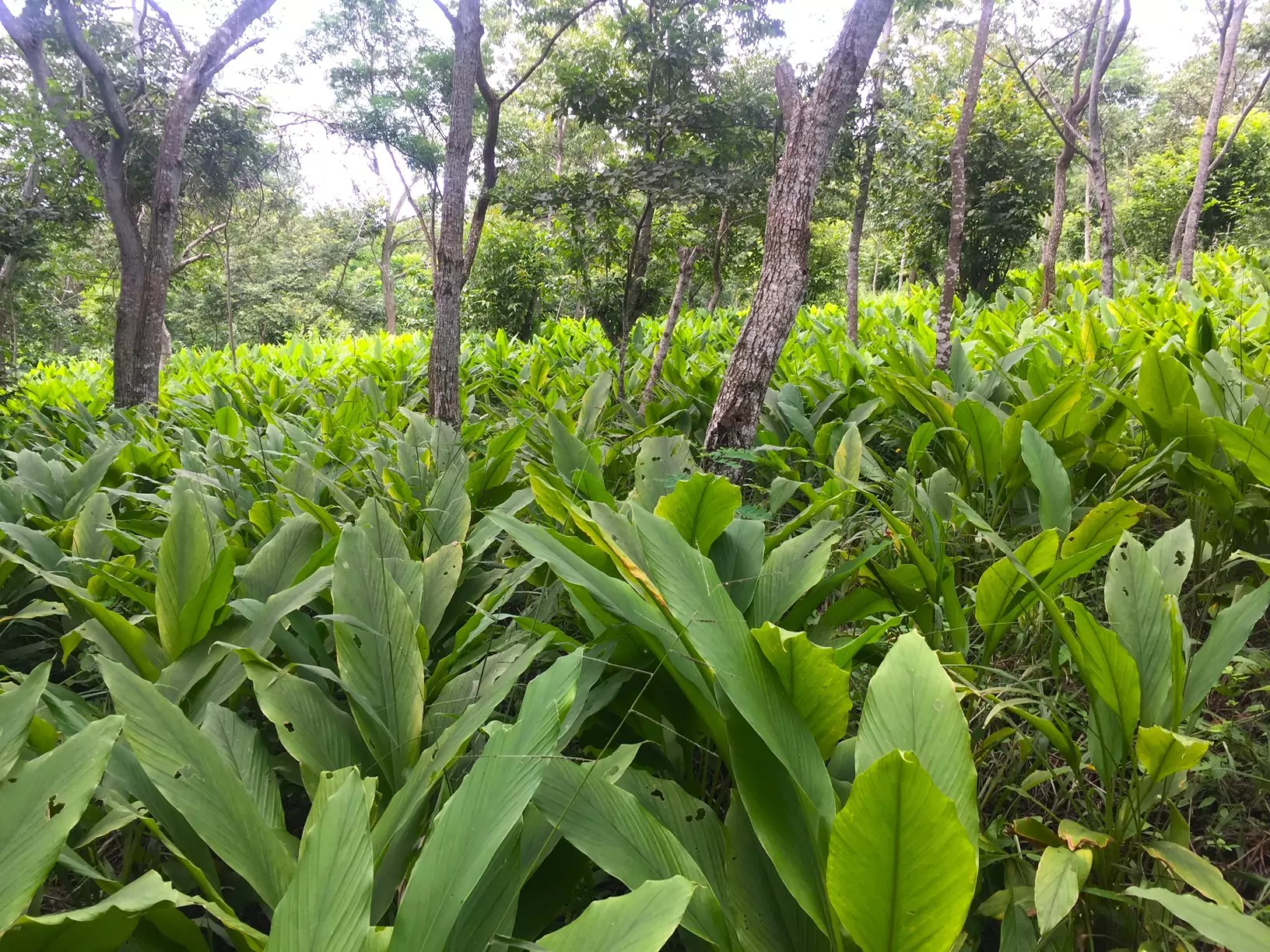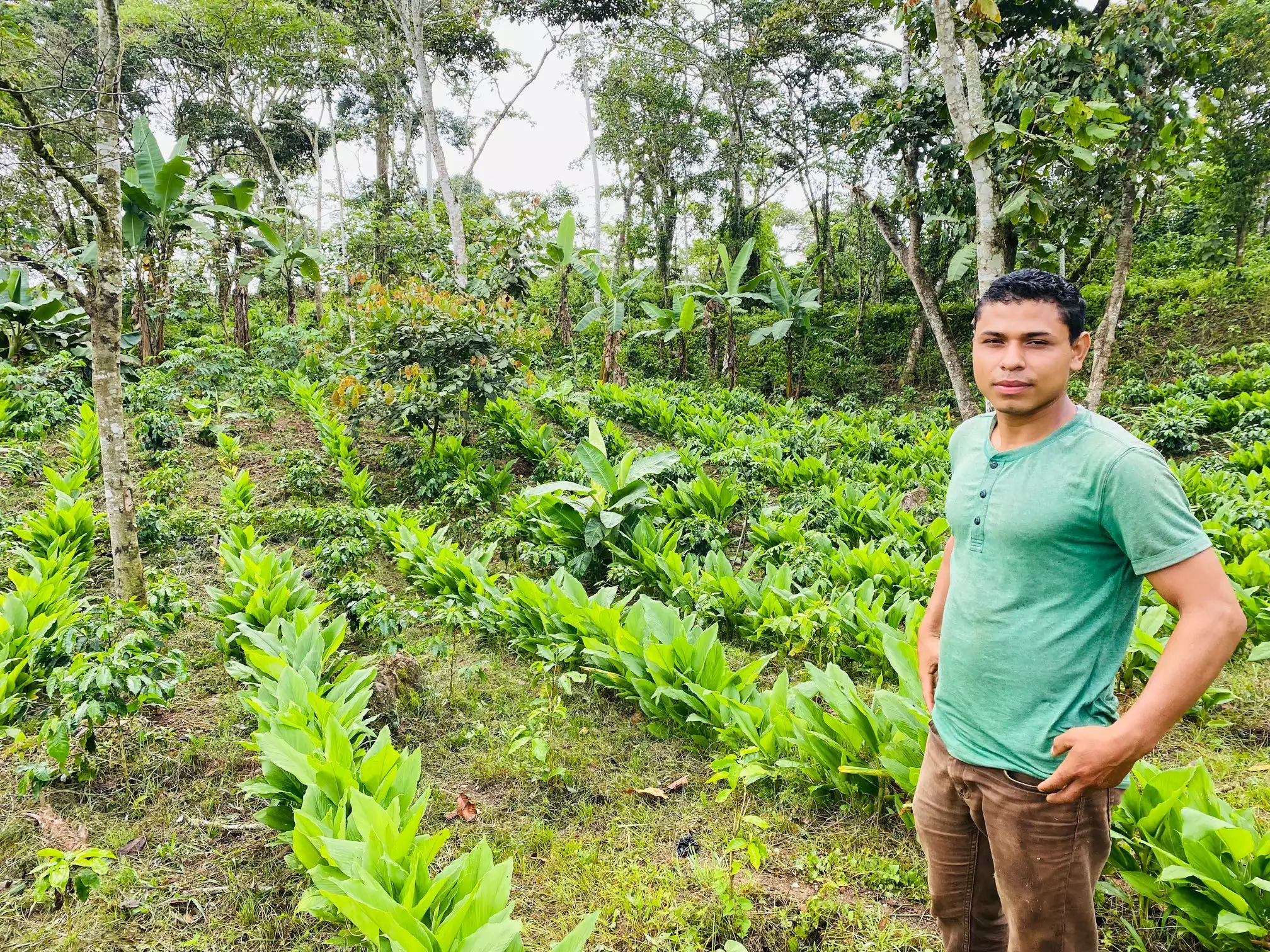In my first years living in Central America, I would take excursions out to the last stands of virgin forest in Nicaragua and Honduras, and on the long ride in a jeep to finally reach these places, what stood out most in mind was a very stark agriculture landscape – vast tracks of forest recently cut by slash and burn agriculture and cattle raising. Looking at that wasteland of a landscape, it really devastated me, it left a major impact. I knew part of my life’s vocation was going to work to create a better way, where forested landscapes and agriculture might be able to exist in harmony.
In Nicaragua and most of Central America, on the rare occasions when you find communities of people next to standing forests, it is because they are growing shade grown coffee. I started working in the rural development space providing financial services to coffee cooperatives in the mid 90’s. Farmers frequently walked me through their coffee forests, these incredible food forests with a four layered canopy. These places were a haven for birds and other wildlife, and a consistent and sustainable source of food, fuel, fodder and cash for families. And as I later learned, these systems are also great carbon sinks and a solution to climate change. I knew that these systems were part of the solution and needed to be scaled.
But coffee is not enough as a cash crop for smallholder farmers and riddled with problems. Coffee production for farms under 3,000 feet in altitude is rapidly losing suitability due to climate change. Then price volatility causes all kinds of problems to livelihoods.
I began to explore high value alternatives to coffee in these agroforestry systems, both on my own farm and also on a professional level starting in 2006. That is where I found spices. I have been growing vanilla and turmeric on the farm since 2015, and we founded Doselva in 2017. Now at Doselva we have relationships with some 400 farmers, mostly coffee farmers, growing turmeric, ginger, cardamom, and vanilla, and are expanding in the coming year to include lemon grass, hibiscus, allspice and Andrographis, and meanwhile doubling the farmer population in our supply chain.



